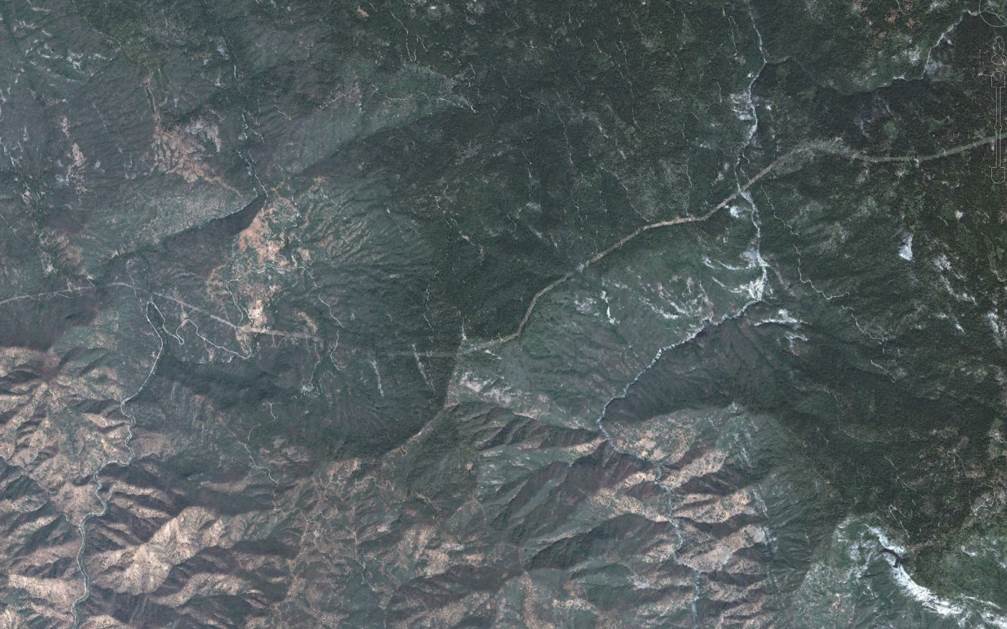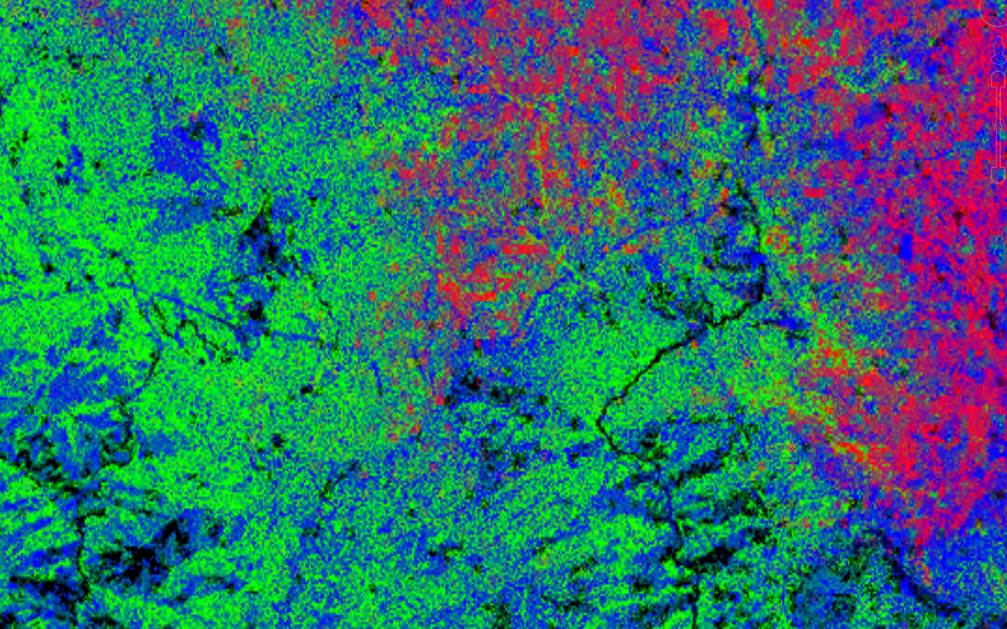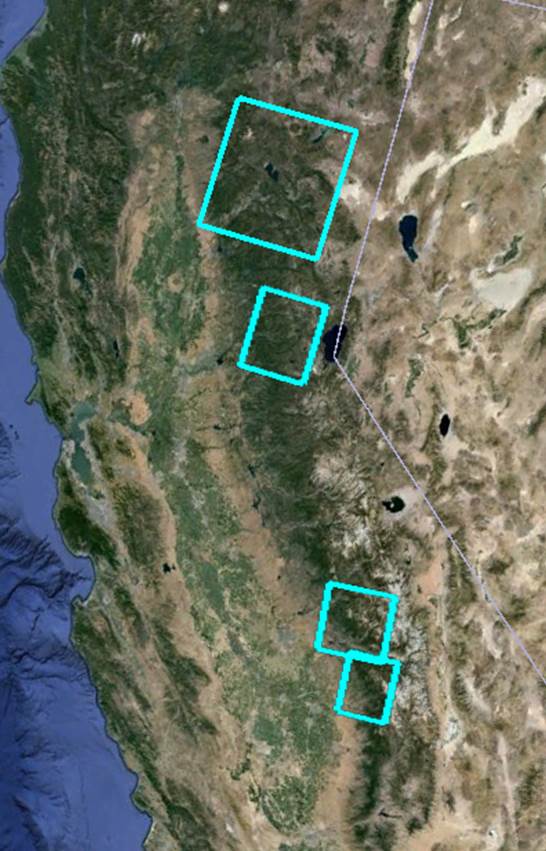Understanding the relationship between forest management and wildlife habitat in particular requires accurate mapping of forest disturbance history, including low-magnitude events.
CSTARS and our partners from the US Forest Service Region 5 Remote Sensing Lab combined our image analysis systems, eDaRT and MixSSMA, and developed annual maps of tree canopy cover for 1990-2011 in four California Spotted Owl study areas in Sierra Nevada (see image overlay below). Our collaborators, wildlife biologists, forest ecologists, and other scientists compared these maps with occupancy data and made recommendations how to improve forest resilience to fire without a significant expected impact on owl occupancy rates.
In this way, our work has critically informed the ongoing California Spotted Owl Conservation Assessment and the subsequent Conservation Strategy in Sierra Nevadan National Forests.






